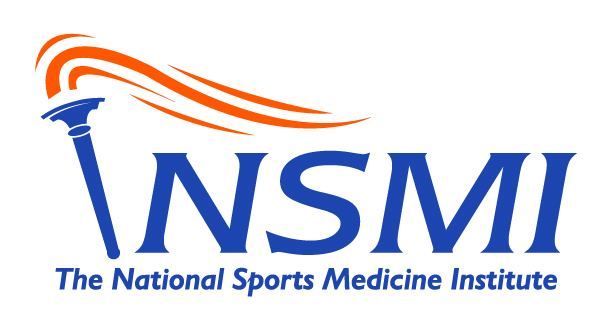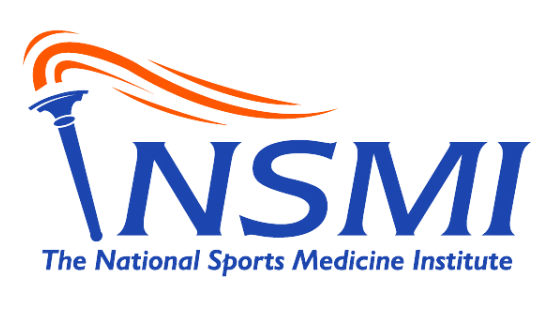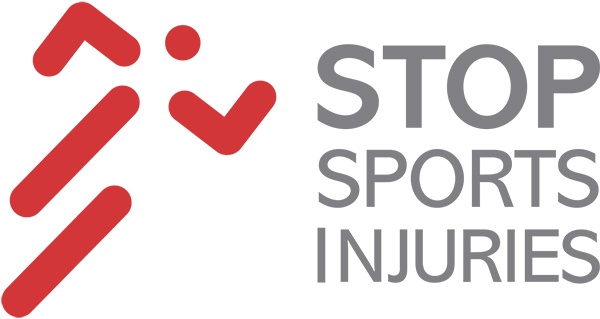Did you know that bicycles have been around since the 1800s? Cycling today has been used for transportation, exercise and sports.
Cycling injuries can occur anywhere on the body. Common cycling injuries include concussion, facial bruising or laceration sustained during falls, overuse knee pain such as patella tendonitis, quadriceps tendonitis, iliotibial (IT) band syndrome, wrist sprains and fractures, neck and/or back pain, carpal tunnel and numbness or tingling in the genital area.
Injury Prevention
Many cycling injuries can be prevented. Cyclers need to wear appropriate protective equipment such as helmets. The beginning cyclist should wear protective elbow pads and wrist guards. Changing elbow and hand positions will reduce numbness and tingling. Padded bike shorts and padded seats can prevent genital numbness. With any sport, proper conditioning and training are essential to minimizing injury. Training should include strengthening and flexibility work.

Treatment
Cycling injuries can be treated conservatively, and in some cases surgically. Most sprains, and strains can be treated with ice, rest, bracing, nonsteroidal anti-inflammatory medications, physical therapy and activity modification while healing. Many fractures can be treated conservatively with cast immobilization. Some injuries, such as ligament injuries and certain fractures, may require surgical intervention by an orthopedist specializing in sports medicine.
The National Sports Medicine Institute is a full-service sports medicine and orthopedic clinic situated in Lansdowne, Virginia. The clinic services include state of the art sports injury evaluation and treatment by highly trained orthopedic sports medicine specialists. The clinic also offers coordinated state of the art diagnostic imaging and physical therapy services.
Article created by: Shannon L. Nicholson DNP, FNP
Photo Credit: NSMI




